The Fourth International Conference on Small Island Developing States
21 May 2024
Small island developing states (SIDS) are on the frontlines of climate change. They feel the impacts first and most severely, yet they barely contribute to global greenhouse gas emissions. Not only are they vulnerable to devastating hurricanes and cyclones, which are becoming more frequent and extreme, but their dependence on food and energy imports, and tourism revenue, increase their vulnerability to external shocks.
With this in mind, the 1992 UN Conference on Environment and Development (Earth Summit) recognized SIDS as a “special case” and a distinct group facing unique social, economic, and environmental vulnerabilities. Furthermore, the Earth Summit called for greater international cooperation on SIDS, including convening an international conference on the sustainable development of SIDS.
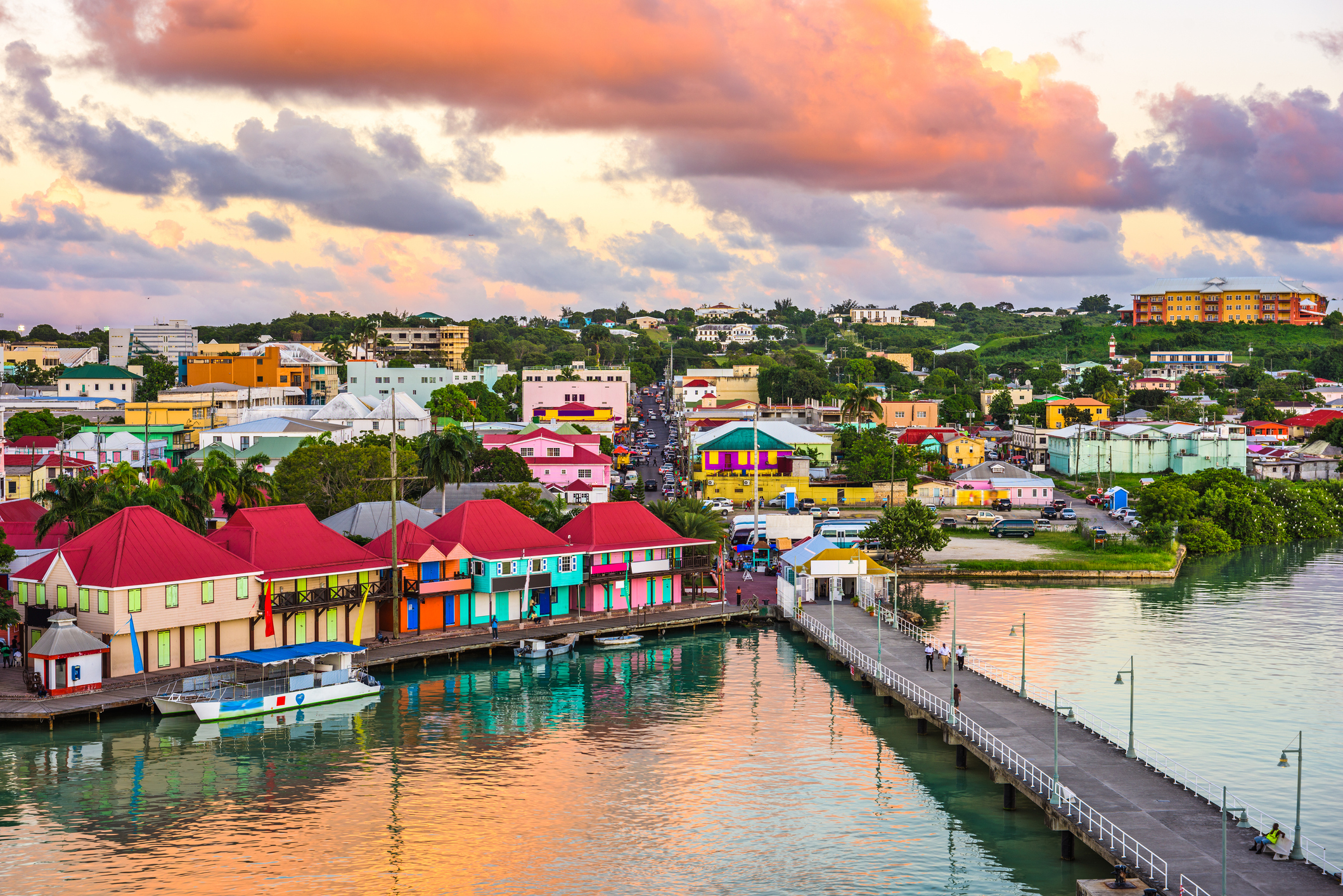
What are Small Island Developing States?
SIDS are a group of 39 UN Member States and 20 Associate Members of United Nations regional commissions that face unique social, economic, and environmental vulnerabilities. The aggregate population of all the SIDS is 65 million, slightly less than 1% of the world’s population, spread over 1,000 islands. Socially, rapid population growth in most SIDS makes it difficult to provide basic services and job opportunities. Some island groupings are so vast that the government does not have the ability to deliver low-cost public and social services to all citizens.
Despite many similarities, SIDS are quite diverse. They are located across three geographic regions: the Caribbean; the Pacific; and the Atlantic, Indian Ocean and South China Sea (AIS). They have diverse income levels, population densities, geographic spread, and levels of development. According to the World Bank, half of SIDS are considered high income economies (GNI per capita of USD 13,846 or more). Yet, 32 SIDS qualify for official development assistance (ODA) and eight are on the UN list of least developed countries (LDCs). Five are considered lower middle income and 19 are upper middle-income countries.
SIDS differ with respect to the structure of their economies. Some are more service based, such as the Bahamas and Barbados, while others are more natural resource based, such as Trinidad and Tobago and Papua New Guinea. The World Bank reports that public debt to GDP ratios for SIDS are on average higher than for other developing countries, but they vary significantly across countries from single digits (Tuvalu and Timor-Leste) to over 100% in Antigua and Barbuda, the Bahamas, Barbados, Belize, Cabo Verde, Dominica, Mauritius, and Suriname.
Population size ranges from under 12,000 people in Tuvalu to over 11 million in Haiti, the Dominican Republic and Cuba. The smallest of the Associated Members, Niue, has just under 2,000 people. Land area also varies. Papua New Guinea has a land area of 462,800 km2, while Nauru is just 20 km2. Some countries are archipelagos dispersed over a broad ocean area. For example, Kiribati has an area of 810 km2 distributed in 35 atolls/islands spread over 3.6 million km2 of ocean.
SIDS also have many commonalities. Economically, small domestic markets and a narrow natural resource base result in many challenges, including an inability to diversify the economy, limits for achieving economies of scale, reduced opportunities for private sector development, and economic shocks. Many SIDS face high import and export costs for goods as well as irregular international traffic volumes. Yet, they must rely on external markets for many goods due to their narrow resource base. This impacts both economic growth and job creation. Furthermore, infrastructure costs—including for energy, communication, and transport—are high, particularly in the more remote islands.
Environmentally, SIDS are characterized by fragile natural environments that are particularly vulnerable to the impacts of climate change, including extreme weather events, sea level rise, storm surge, drought, and landslides. The Exclusive Economic Zone (EEZ)—the ocean under a SIDS’ control—is, on average, 28 times the country’s land mass, leading some to refer to SIDS as “large ocean states.” For many SIDS, most of their natural resources comes from the ocean. While the total land area of SIDS is less than 0.5% of the world’s surface area, they are home to more than 20% of the world’s biodiversity, and 40% of the world’s coral reefs. Biodiversity sustains many people’s livelihoods, especially since the tourism and fisheries industries often constitute over half of the gross domestic product (GDP) of small island economies. At the same time, biodiversity also holds aesthetic and spiritual value for many communities. For centuries, SIDS have benefitted from biodiversity for their food supply, clean water, reduced beach erosion, soil and sand formation, and protection from storm surges. Yet, their biodiversity is at risk from depleting fish stocks, coral bleaching, and pollution, among other threats.
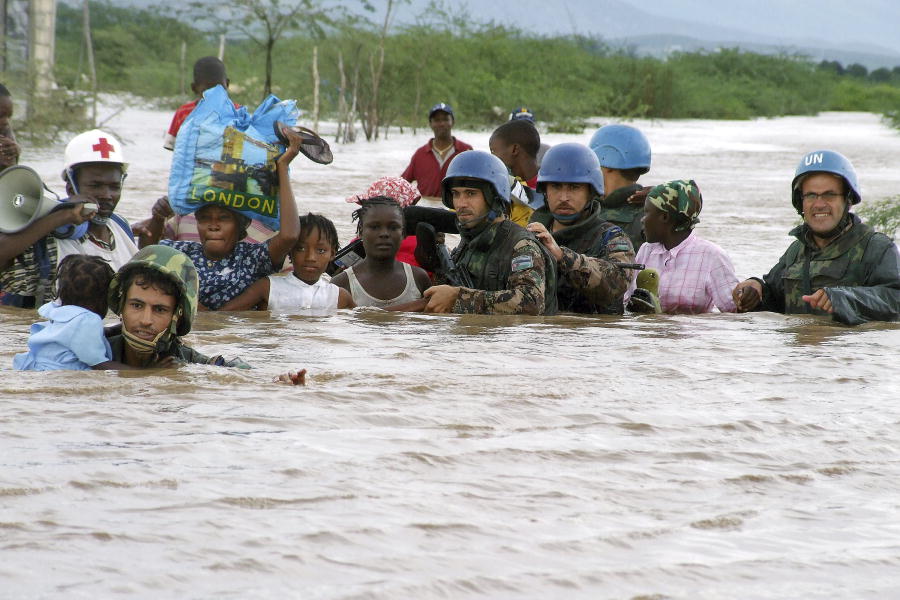
Between 1850 and 2019, SIDS were responsible for just 0.02% of total CO2 emissions from fossil fuels, compared to 34% for the United States alone. Yet the endure some of the worst impacts of climate change. From 1970 to 2020, according to a recent United Nations Development Programme report, SIDS lost USD 153 billion due to weather, climate, and water-related hazards—a significant amount given that the average GDP for SIDS is USD 13.7 billion. For those SIDS whose land lies five meters or less above sea level, projected sea-level rise represents a direct threat to their very existence. Due to sea level rise, some SIDS may no longer exist by the turn of the century.
What did the first three Conferences on the Sustainable Development of SIDS accomplish?
In 1992, SIDS successfully lobbied for consideration of the sustainable development of small islands in Agenda 21, the programme of action adopted at the Earth Summit. Chapter 17 of Agenda 21 (Protection of oceans, seas, and coastal areas) recognizes the ecological fragility and vulnerability of SIDS due to their small size, limited resources, geographic dispersion, and isolation from markets. Paragraph 17.130 called for greater international cooperation and the first global conference on the sustainable development of SIDS.
Barbados: Two years later in 1994, the Global Conference on the Sustainable Development of Small Island Developing States was held in Bridgetown, Barbados, and followed up on Agenda 21 by examining how SIDS could find solutions to sustainable development challenges. The Conference adopted the Barbados Programme of Action for Small Island Developing States (BPOA), which identified priority areas and specific actions necessary to address the challenges faced by SIDS. The BPOA noted SIDS were particularly vulnerable to climate change, climate variability, and sea-level rise and stressed that “any rise in sea level will have significant and profound effects on their economies and living conditions; the very survival of certain low-lying countries will be threatened.”
In addition to addressing natural resources management, tourism, waste management, and transport, among many others, the BPOA highlights 14 priority areas and specific actions necessary for addressing the special challenges faced by SIDS:
- climate change and sea-level rise
- natural and environmental disasters
- management of wastes
- coastal and marine resources
- freshwater resources
- resources
- energy resources
- tourism resources
- biodiversity resources
- national institutions and administrative capacity
- regional institutions and technical cooperation
- transport and communication
- science and technology
- human resource development
The BPOA also called on SIDS—in cooperation with national, regional, and international organizations and research centres—to continue work on the development of vulnerability indices and other indicators that reflect the status of SIDS and integrate ecological fragility and economic vulnerability.
The Barbados Declaration, which was also adopted at the Conference, called for the international community to cooperate with SIDS in the implementation of the BPOA by providing effective means, including:
- adequate, predictable, new and additional financial resources;
- facilitating the transfer of environmentally sound technology, including on concessional and preferential terms as mutually agreed; and
- promoting fair, equitable and non-discriminatory trading arrangements and a supportive international economic system.
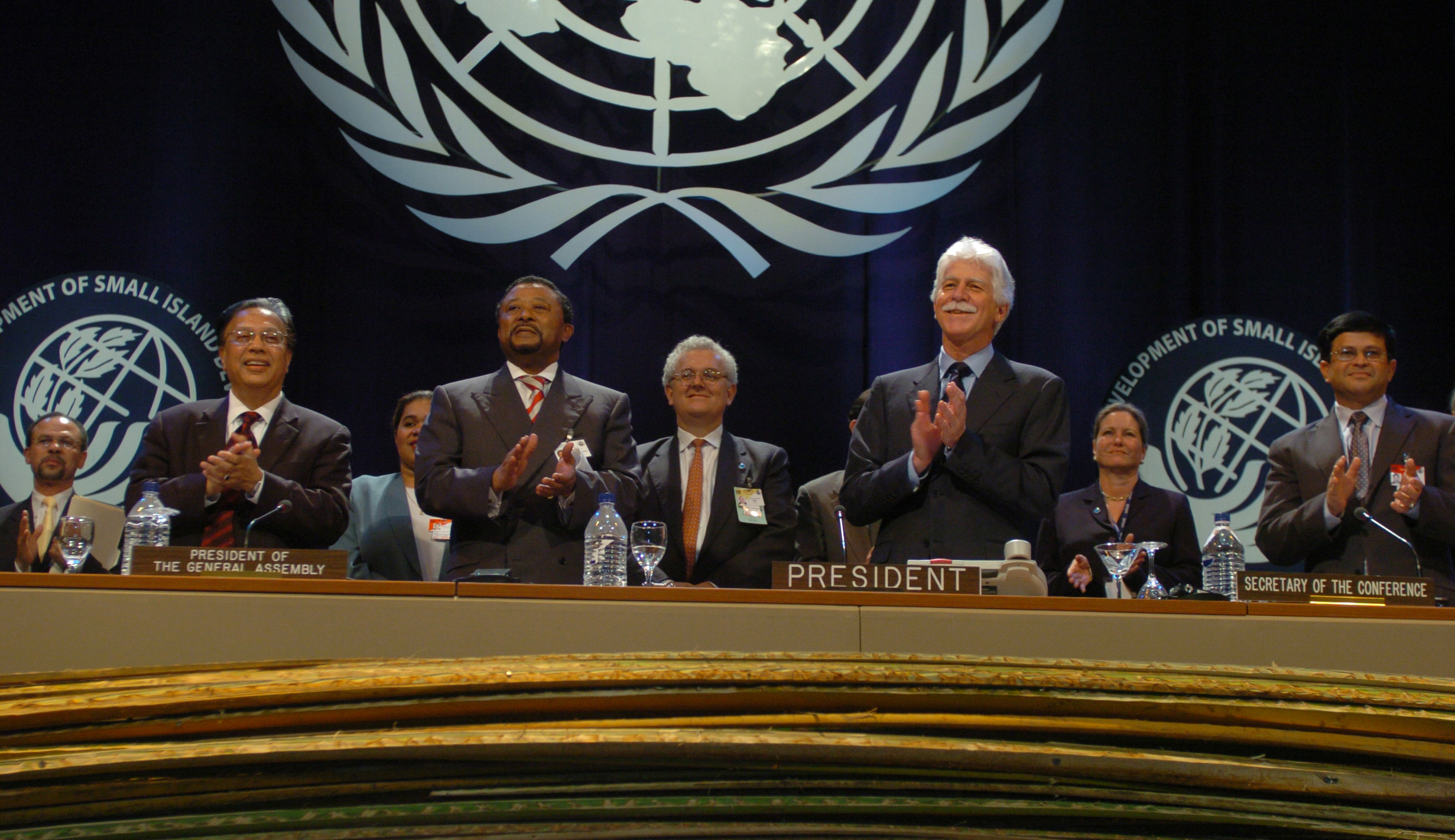
Mauritius: A comprehensive ten-year review of the BPOA took place at the Mauritius International Meeting in Port Louis, Mauritius in January 2005, following a midterm review in 1999. Governments adopted the Mauritius Strategy (MSI) for the further Implementation of the BPOA to address remaining gaps in implementation. The MSI agreed on actions and strategies in 19 different priority areas. These built on the original 14 thematic areas of the BPOA and added new thematic areas including graduation from least developed country (LDC) status. This change in status results in the loss of concessional finance, among other programmes that are only available to LDCs, and has a negative impact on SIDS. Other new areas were trade, sustainable production and consumption, health, knowledge management, and culture. These new areas were aimed to support SIDS in achieving other international goals and targets, particularly the Millennium Development Goals.
Samoa: The Third International Conference on SIDS convened in Apia, Samoa, in 2014, following another midterm review in 2010. Governments again recognized the adverse impacts of climate change and sea-level rise on SIDS and their efforts to address many challenges, including economic development, food security, disaster risk reduction and ocean management. The Conference adopted the SIDS Accelerated Modalities of Action (SAMOA) Pathway as a new pathway for the sustainable development of SIDS.
The SAMOA Pathway supports the sustainable development of SIDS through five priority areas:
- Promote sustained and sustainable, inclusive, and equitable economic growth with decent work for all, sustainable consumption and production, and sustainable transportation;
- Act to mitigate climate change and adapt to its impacts by implementing sustainable energy and disaster risk reduction programmes;
- Protect the biodiversity of SIDS and environmental health by mitigating the impact of invasive plant and animal species and by properly managing chemicals and water, including hazardous waste, as well as protecting oceans and seas;
- Improve human health and social development through food security and nutrition, improved water and sanitation, reducing the incidence of non-communicable disease and by promoting gender equity and women’s empowerment; and
- Foster partnership among SIDS, UN Agencies, development partners and others to achieve these goals.
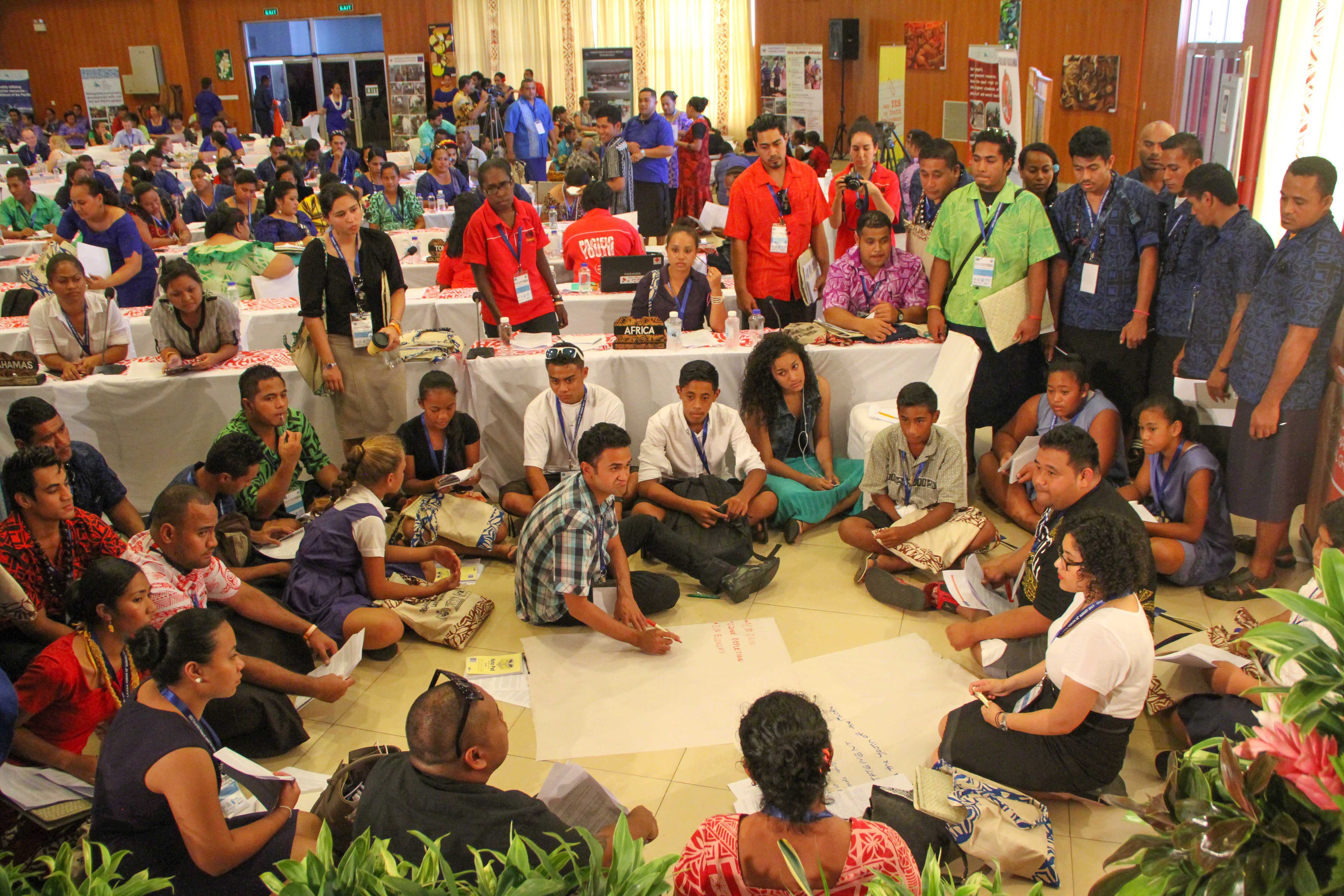
While these conferences have succeeded in raising the profile of SIDS on the international stage, challenges remain—even before the negative impacts of the COVID-19 pandemic thrust these small islands back in the spotlight as preparations were underway for a fourth conference in Antigua and Barbuda in May 2024.
How do you measure the vulnerability of SIDS?
Since the 1992 Earth Summit and at each of these conferences held over the past 30 years, SIDS have argued that traditional measures of development, such as gross national income (GNI) per capita, do not effectively capture their unique vulnerabilities. Higher GNI per capita implies lesser assistance needs. The reality for many SIDS is far more complex. While GNI per capita is useful for examining a country’s income at a specific time, it has limitations, including its inability to account for inflation, income disparity, poverty, wealth, or savings. It also does not reflect potential income fluctuations, including those stemming from external shocks and stressors. Furthermore, many SIDS have high GNI per capita due to their small populations, but their inability to get development loans on concessional or favourable terms has left many in economic distress.
While each of the three SIDS conferences has reflected on this issue, the SIDS have consistently called for the development of a globally accepted vulnerability index. For many years there was a lack of international consensus on how to characterize and mitigate SIDS’ vulnerabilities. Consensus on such an index could assist SIDS to develop and adopt better policies and strategies for building and sustaining long-term resilience to climate change, natural disasters, and economic challenges. Amid the global COVID-19 pandemic in 2020, which resulted in a dire economic situation for SIDS due to the precipitous drop in tourism and trade, the Alliance of Small Island States (AOSIS) called on the UN Secretary-General to advance work on a multidimensional vulnerability index (MVI).
Subsequently, in paragraph 8(a) of resolution 75/215, the UN General Assembly requested specific recommendations from the UN Secretary-General, including on the potential development and use of a MVI for SIDS. In response to the Secretary-General’s report, the General Assembly asked the President of the 76th General Assembly (PGA) to establish a 12-member High-level Expert Panel. The Panel, co-chaired by Gaston Browne, Prime Minister of Antigua and Barbuda, and Erna Solberg, former Prime Minister of Norway, was tasked with providing recommendations on two issues: a clear and coherent MVI and evidence-based recommendations on the most appropriate governance arrangements for the MVI. The Panel began its work in March 2022 and presented its final report in February 2024.
The proposed two-tiered structure of the MVI provides:
- a quantitative assessment of structural vulnerability and resilience using a common methodology for all developing countries. The assessment is presented via a summary index number to rank countries and a dashboard showing individual country scores on the component parts (the MVI score); and
- a more detailed, tailored, and individualized characterization of a country’s vulnerability and resilience factors, including non-structural resilience prepared by individual countries (Vulnerability-Resilience Country Profiles (VRCP)).
The Panel defined a conceptual framework for the MVI which captures two pillars or domains of vulnerability: (i) structural vulnerability, linked to a country’s exposure to adverse external shocks and stressors, and (ii) (lack of) structural resilience, which is associated with the (lack of) capacity of a country to withstand such shocks.
To ensure the momentum towards the MVI continues, the Panel recommended the MVI framework should be adopted by the UN General Assembly and discussions on the establishment of an MVI secretariat and review panel should continue. The Panel also calls for advancing the MVI in the international community, and focusing on capacity building needs, including the data challenges and needs of developing countries that will be required to ensure the proper use of the MVI.
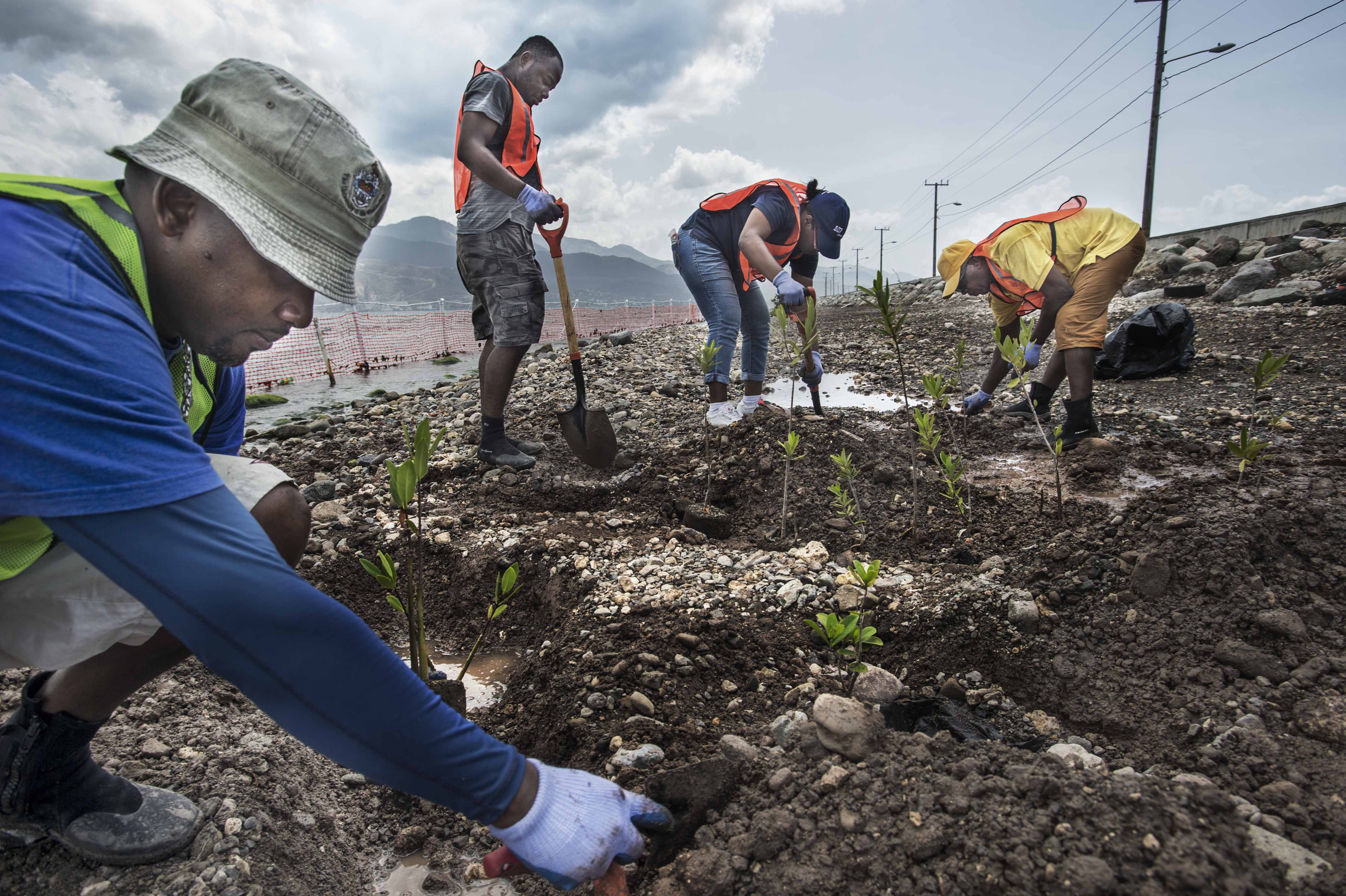
What’s Next?
The Fourth International Conference on Small Island Developing States (SIDS4) convenes in St John’s, Antigua and Barbuda, in May 2024. With a focus on critical SIDS-specific challenges including the climate crisis, biodiversity loss, and spiraling debt, world leaders, the private sector, civil society and young people will meet to advance new ideas, raise new pledges of support and cover critical issues for the future of SIDS, such as economic revitalization, climate finance, aid effectiveness, data and digital innovation, as well as health and youth.
The Conference will culminate in the adoption of a new 10-year plan that will focus on practical and impactful solutions to support the SIDS in building resilience and attaining their sustainable development objectives, including reform of the international financial architecture to meet the needs of SIDS, especially by facilitating easier access to affordable and concessional finance.
International conferences every ten years, however, are not enough. Without greater international support and improved economic, social, and environmental resilience, these small island states face an uncertain future as climate change hangs over them like an approaching tidal wave.
Pamela Chasek, Ph.D., is the Co-founder and Executive Editor of the Earth Negotiations Bulletin.